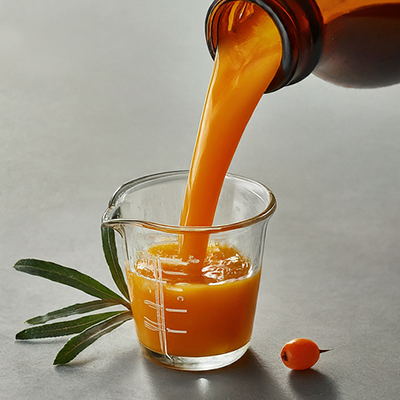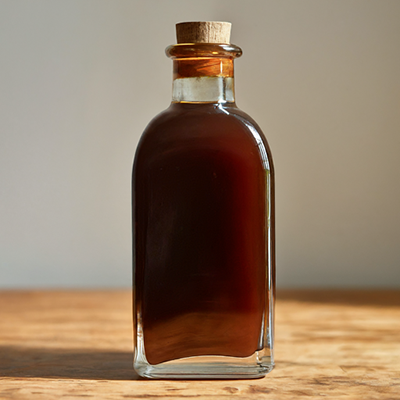Contents
The effects of the common buckthorn plant on the intestine have been known from the 11th century onwards, and it is also used in veterinary medicine to purge animals.

Healing Properties
The fruit of common buckthorn is rich in anthraquinone glycosides, to which it owes its energetic purgative (cathartic) properties, which, according to the botanist Font Quer, “never fails.” Nobody can eat the fruit of common buckthorn and not defecate. These fruits also have mild diuretic properties. They are administered as a complement to anthelmintic treatment to promote the expelling of worms.
Warning
It must be carefully used in low doses since high amounts can produce intense cramps, vomiting, and even intestinal bleeding.
Common Buckthorn Scientific Facts


- Scientific Name – Rhamnus Cathartica L.
- Other Names – Buckthorn, waythorn, purging buckthorn.
- French – Nerprun.
- Spanish – Espino cerval.
- Environment – Native to northern Asia, now spread all over forests and mountainous areas of Europe and America.
- Description—This is a thorny shrub of the Rhamnaceae family, growing from 3 to 5 m high. Its small, greenish flowers have four petals each. The fruit is fleshy blackberries with three or four seeds each.
- Parts of the plant used medicinally – The fruit.
How to use Common Buckthorn
- Juice is prepared by mashing a handful of ripe fruit. The resulting juice, which can be sweetened with some sugar, is taken in two or three spoonfuls in the morning.
- Syrup – Add to the juice mentioned above its same weight in sugar, then boil in low heat until it becomes thick. Take from three to six spoonfuls daily.
DISCLAIMER: All content on this website is presented solely for educational and informational objectives. Do not rely on the information provided as a replacement for advice, diagnosis, or treatment from a qualified medical expert. If you are pregnant, nursing, or have any preexisting medical concerns, talk to your doctor before using any herbal or natural medicines.
REFERENCES
- George D. Pamplona-Roger, M.D. “Encyclopedia of Medicinal Plants.” George D. Pamplona-Roger, M.D. Encyclopedia of Medicinal Plants. Ed. Francesc X. Gelabert. vols. 2 San Fernando de Henares: Editorial Safeliz, 2000. 525. Print.
- RxList – https://www.rxlist.com/supplements/sea_buckthorn.htm
